Premium Only Content

Indigenous Maths Is Better Than Colonist Maths
You’d think maths is maths, right? 2 + 2 = 4, no mater what culture you’re from. Well, Indigenous mathematics is apparently completely different to our western style of maths. And of course, perhaps unsurprisingly to many of you, Western maths is a result of evil colonisation, didn’t you know? As seen on a news article on the ANU website: “Maths has no borders: Professor Rowena Ball brings Indigenous mathematics to ANU”. I find it interesting that a non-Indigenous lady is bringing Indigenous maths to the uni. Wouldn’t that be similar to: “Food has no borders: Professor Ball brings Pakistani food to ANU”? Of course, I’m joking. She’d probably bring kangaroo tail stew.
Anyway, where was I? Oh yeah, Indigenous maths! So why are we talking about Indigenous maths? Why is this even being brought up? Well, it’s because Indigenous people are falling behind when it comes to maths. “‘Unacceptable’: Indigenous maths achievement gap under scrutiny”. Basically, the achievement gap between Indigenous and non-Indigenous students continues to widen.
If you take a look at the Australian Government’s ACARA website, they report on the National Assessment Program, NAPLAN results, which take into account Indigeneity. These are the average achievement scores for Year 9 in Numeracy for 2023. You can see that the average score is 567, with boys doing slightly better than girls. However, Indigenous students are scoring significantly worse than their non-Indigenous peers at 491 vs 573 – a more than 80-point difference. Surprisingly, or not, the best performers are those that have a language background other than English. So if you can’t speak English, you do well at maths, if you’re Aboriginal, well for whatever reason, on average you’re doing quite poorly. Surely there’s a societal issue at play here. It’s certainly not from a lack of capability.
Well it didn’t take me long to find the answer. This is the Government’s My School website where you can search for individual schools and their overall performance etc. If we take a look at a school in a low socioeconomic area, Woodridge State High School in Logan for example, we can see that most students are in the bottom quarter of Socio-Educational Advantage. Most students, 69%, are from a non-English speaking background, while 8% of students identify as Indigenous. But what’s most telling, is the attendance levels. Only 17% of Indigenous students attend 90% or more of the time. Noting that only 54% of non-Indigenous students attend 90% of the time, so that’s not particularly good either, but it certainly beats 17%.
If we look at a school in an above-average socioeconomic area, say Kedron State High School, with most students coming from families in the middle and top quarter of Socio-Educational Advantage, there are 3% of students who identify as Indigenous. Again, if we look at attendance levels, although better, Indigenous student attendance is still significantly lower than their non-Indigenous peers, 43% vs 61%. Clearly, one’s ability at maths probably has more to do with how often you attend school than lack of capability or opportunity.
And just out of interest, let’s take a look at a rich school, say Brisbane Girls Grammar, where most people fit into the top quarter. When it comes to Indigenous students, there are none. 0%. So I cannot show you any statistics.
Just before we finish, let’s take a look a real-life example of Aboriginal mathematics at play. This is my favourite Aboriginal Australian, writer Bruce Pascoe. He lives on a farm in Victoria where he grows and harvests traditional Aboriginal food. Apparently, Aboriginal people have been growing and harvesting their own grains for the last 65,000 years, according to SBS. Mr Pascoe claims, “Aboriginal people were the first people in the world to make bread, 15,000 years in advance of the Egyptians”. Wow, I didn’t know that. Consequently, he’s made his own company called Black Duck Foods. For example, at Woolworths or Coles, you can pick up a kilogram of flour for about $1.40. Sounds reasonable. And this is where the Aboriginal maths comes in. At Black Duck foods, you can buy Kangaroo & Spear grass flour for $90 per 250g, which works out to be $360 per kg. It’s an absolute steal! Compared to Coles at $1.40 per kg, 360 divided by $1.40 equals 257 times the price! That’s how Aboriginal maths works. Just inflate the price by hundreds of times.
And that’s why Indigenous maths is so much better than colonial maths.
MUSIC
Allégro by Emmit Fenn
-
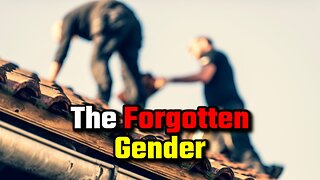 6:28
6:28
Daily Insight
2 months agoThe ABC and the UN Ignoring Men
1073 -
 2:21:11
2:21:11
Nerdrotic
8 hours ago $12.94 earnedDown the Rabbit Hole with Kurt Metzger | Forbidden Frontier #090
67.3K17 -
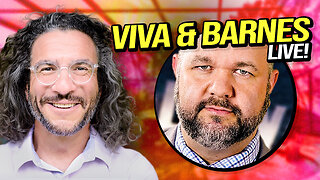 2:41:13
2:41:13
vivafrei
13 hours agoEp. 251: Bogus Social Security Payments? DOGE Lawsduit W's! Maddow Defamation! & MORE! Viva & Barnes
205K249 -
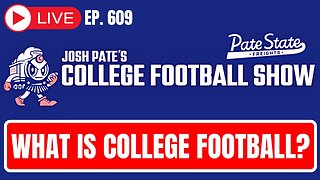 1:19:23
1:19:23
Josh Pate's College Football Show
6 hours ago $2.14 earnedBig Ten Program Rankings | What Is College Football? | Clemson Rage| Stadiums I Haven’t Experienced
49.6K1 -
 LIVE
LIVE
Vigilant News Network
12 hours agoBombshell Study Reveals Where the COVID Vaccine Deaths Are Hiding | Media Blackout
1,764 watching -
 1:17:59
1:17:59
Sarah Westall
8 hours agoDOGE: Crime & Hysteria bringing the Critics & the Fearful - Plus new CDC/Ukraine Crime w/ Dr Fleming
31.2K3 -
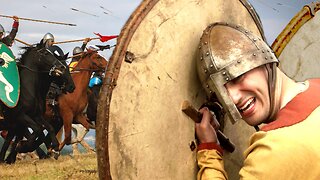 45:39
45:39
Survive History
13 hours ago $3.76 earnedCould You Survive in the Shield Wall at the Battle of Hastings?
38.7K6 -
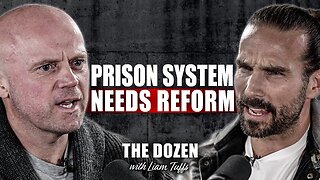 1:50:28
1:50:28
TheDozenPodcast
12 hours agoViolence, Abuse, Jail, Reform: Michael Maisey
82.3K4 -
 23:01
23:01
Mrgunsngear
1 day ago $4.41 earnedWolfpack Armory AW15 MK5 AR-15 Review 🇺🇸
72.5K12 -
 25:59
25:59
TampaAerialMedia
1 day ago $2.26 earnedUpdate ANNA MARIA ISLAND 2025
44.2K4